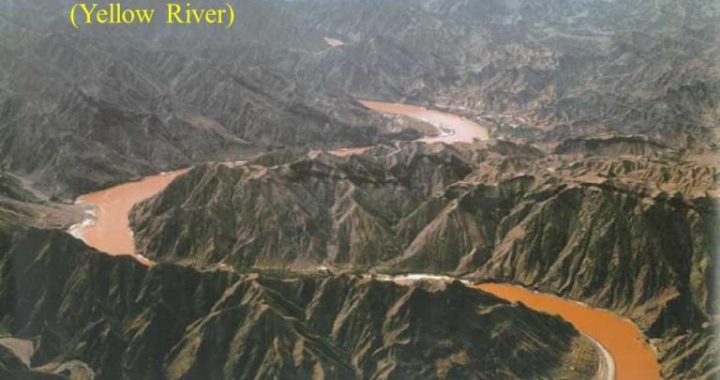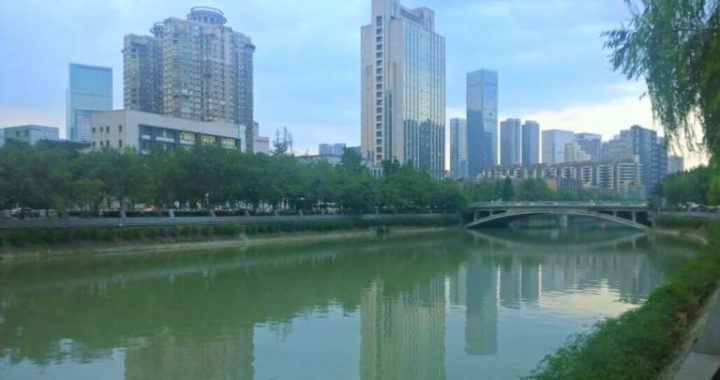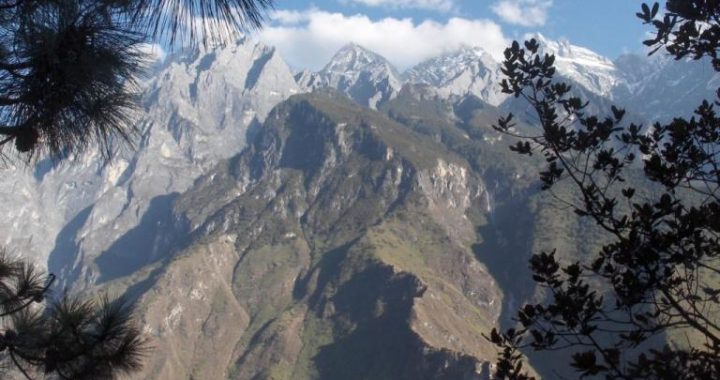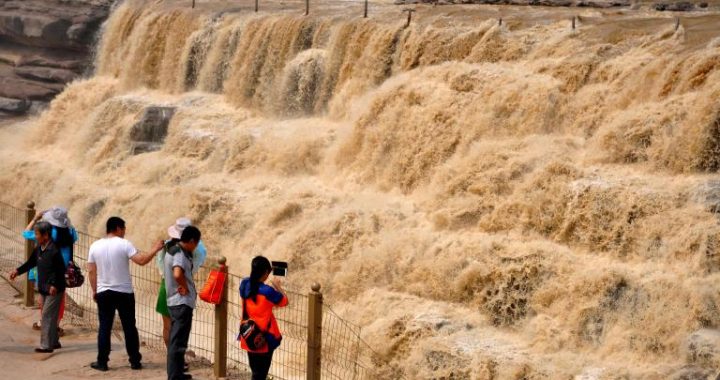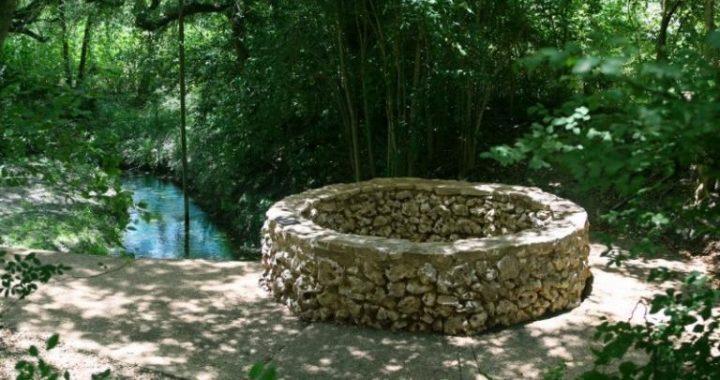The Cradle of the Chinese Civilization
4 min readAs early as the ancient times when human civilization hadn’t appeared yet, the Yellow River that stretched for thousands of began to nourish the Chinese land and witness the appearing and growing of the Chinese people.
About 1.5 million years ago, Xihoudu Ape Man appeared in Ruicheng County of Shanxi Province in China. Afterwards, the Lantian Ape Man about 1 million years ago and the Dali Ape Man about 300,000 years ago lived and procreated along the Yellow River, fishing and hunting. Dingcun early Homo sapiens in Xiangfen of Shanxi Province about 70,000 years ago and Dagouwan late Homo sapiens in Wushen Banner in Inner Mongolia Autonomous Region about 30,000 years ago also lived along the Yellow River, starting the development of the ancient YellowRiver civilization.
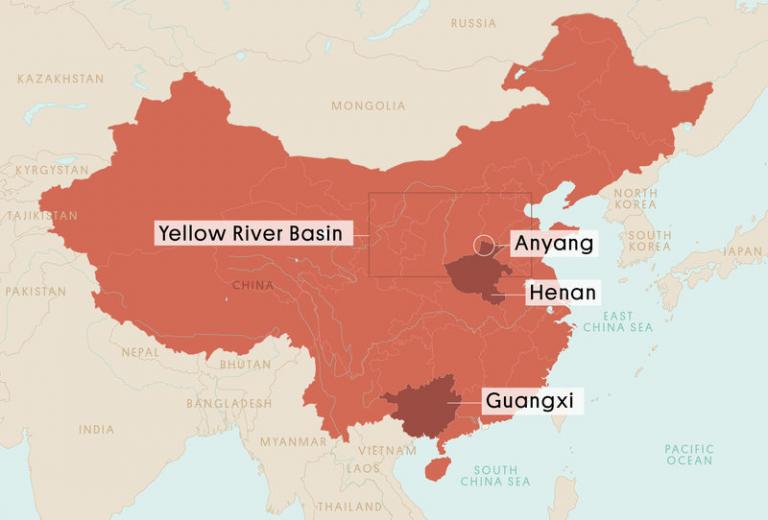
The Microlithic Age cultural relics site 10,000 to 7,000 years ago, the Neolithic Age cultural relics sites about 7,000 to 3,700 years ago, the Bronze Age cultural relics sites about 3,700 to 2,700 years ago and the Iron Age cultural relics sites in about 770 BC that were discovered in recent years by the Chinese archeologists, almost distribute in the whole YellowRiver Basin. Since the Middle Stone Age, the Yellow River has become the development center of the Chinese ancient culture. Suiren, Fuxi and Shennong invented or discovered respectively the techniqueof producing fire, primitive stockbreeding and primitive farm production. Relying on the agricultural technology that took the lead among other all civilizations at thesame time, the ancestors of the Chinese people began the creation of the YellowRiver civilization.
In the middle of the Neolithic Age, the Huangdi tribe that lived on the Loess Plateau in the middle reaches of the Yellow River, the Chiyou tribe and Yandi tribe were the three important tribes in the ancient China. They all led a nomadic life.
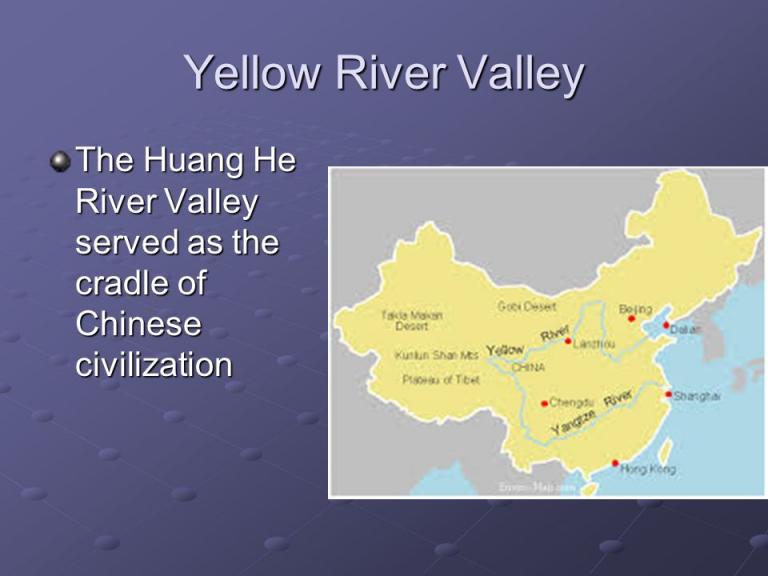
Later, the Huangdi tribe, associated with the Yandi tribe, destroyed the Chiyou tribe. From then on, the people of the Huangdi tribe and the Yandi tribe united together. Huangdi became the leader of the larger tribe and they settled down in the areas near the present-day Shaanxi Province, Gansu Province and Shanxi Province in The people of the Xia dynasty (2070 BC-1600 BC), the Shang dynasty(1600 BC-1046 BC) and the Zhou dynasty (1046 BC-256 BC), which entered the slave society more than 3,500 years ago, were all the prosperity of the Huangdi tribe, who called themselves “Hua”or “Xia”. Huaxia tribe(the ancient name for the Chinese people) is the predecessor of the Han nationality, and the Han people also have long held Huangdi as the ancestor and called themselves the posterity of Huangdi or “descendants of Yandi and Huangdi”. At that time, the Huaxia tribe lived in the Central Plains, where people considered the center in the four directions of east, south, west and north, thus they called their place as “Zhonghua””(zhong”means “central”). Later, as the ad vanced civilization of “Huaxia”tribe developed and radiated to other places, its influence reached the whole East Asian, and “Zhonghua”also began to be another name of China.
In the middle and lower reaches of the Yellow River, the Chinese people, depending on their advanced farming technique, took the lead in the world in creating the highly developed ancient civilization. The Shang dynasty (1600 BC-1046 BC) moved its capital to Yin (Anyang County in Henan Province today) from Pangeng, with its orbit expanding to the great North China Plain between Taihang Mountain and Taishan Mountain, and was called the Empire Yin. Together with the ancient Egypt and ancient Babylon, they were called the three great ancient civilizations. Now in Anyang Yin Ruins Museum of China, people can still see the beautifully engraved and densely lined oracle bone inscriptions, and beautiful and exquisite bronze ware as we11. At that time, except the three ancient civilizations, most people in the worl were still in barbaric period.
During some 2,500 years from the Yin dynasty (1300 BC-1046 BC) to the Northern Song dynasty (960-1127), the big cities in the Yellow River Basin had always been the political, economic and cultural centers. They had become the places where goods were gathered, circulated and culture communication was fermented. For example, Chang’ an(the present-day Xi’ an) was made the capital of 11 dynasties for as long as over 1,100 years from the Western Han dynasty (206 BC-25 AD) to the Sui dynasty (581-618) and the Tang dynasty (618-907); and Luoyang, where 9 dynasties built their capitals for as long as a thousand years, winning the title of the “Ancient Capital of Nine Dynasties”, and attracted many famous historians, scientists and litterateurs gathering here. These civilized cities became the important economic and cultural centers of Asia or even the world. They made important contributions t not only the political, economic and cultural development of the ancient China, but also the international exchange of economy and culture, leaving splendid and colorful heritage for the Chinese and world cultural treasure house.
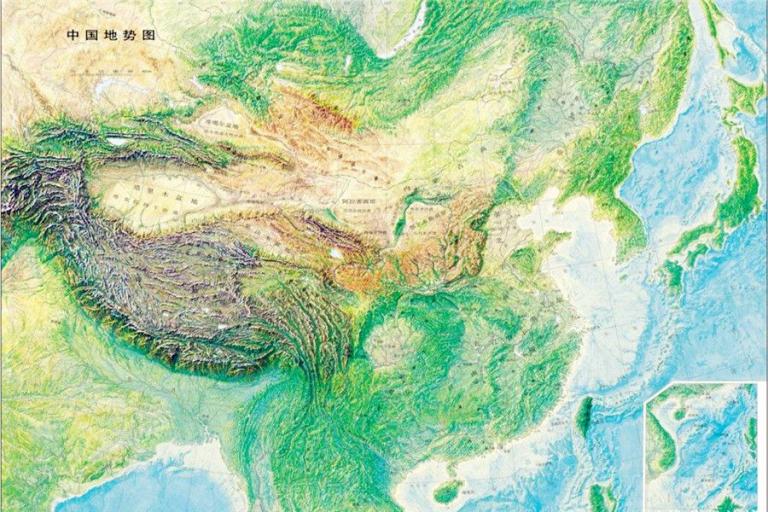
Qin Shihuang of the Qin dynasty, Emperor Wu of the Han dynasty, Emperor Taizong of the Tang dynasty, Emperor Taizu of the Song dynasty, and the proud son of Heaven, Genghis Khan-a11 these emperors had led the Chinese people to push the ancientYellow River civilization to the splendid peaks time and time again. Gunpowder, compass, paper making and printing-the four great inventions of China, and Tang poems, Song and Yuan drama etc are all the treasures that flash the light of wisdomin the Yellow River civilization. The inventions and scientific achievements not only promoted the development of China, but also spread to the world and contributed to the progress of the humankind.
